
Several years ago I was lucky enough to spend some time with Kikuo Morimoto at his Wisdom of the Forest project in Cambodia.
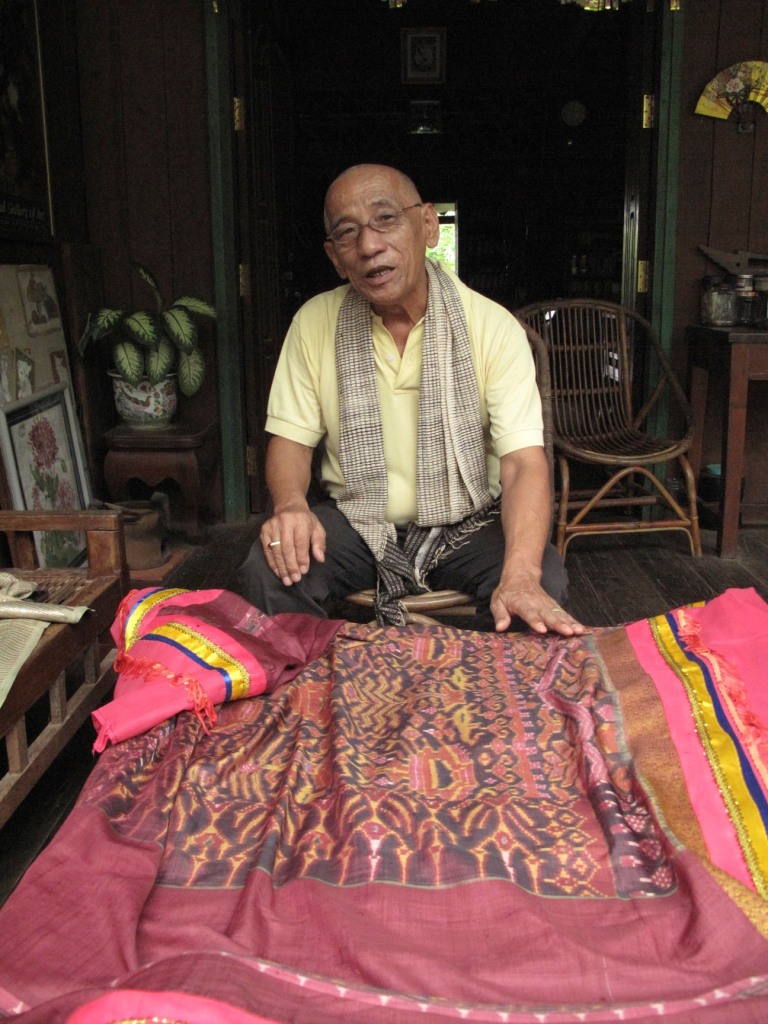
“In 1975 the Khmer Rouge took over Cambodia and, in events often overlooked by a good portion of today’s world, proceeded to almost completely wipe out Cambodian culture, including textiles. Twill-woven weft ikat was an important part of that culture with textiles playing a major role in both every day and ritual life. With many of the weavers killed and the basics to create the fibers and dyes needed for weaving deliberately destroyed, there was a need for assistance to bring back the traditional means of producing ikat textiles. Kikuo Morimoto from Japan began the arduous task of finding the few women surviving who knew how to tie the designs and dye the colors using natural dyes.” – Jenny Spancake
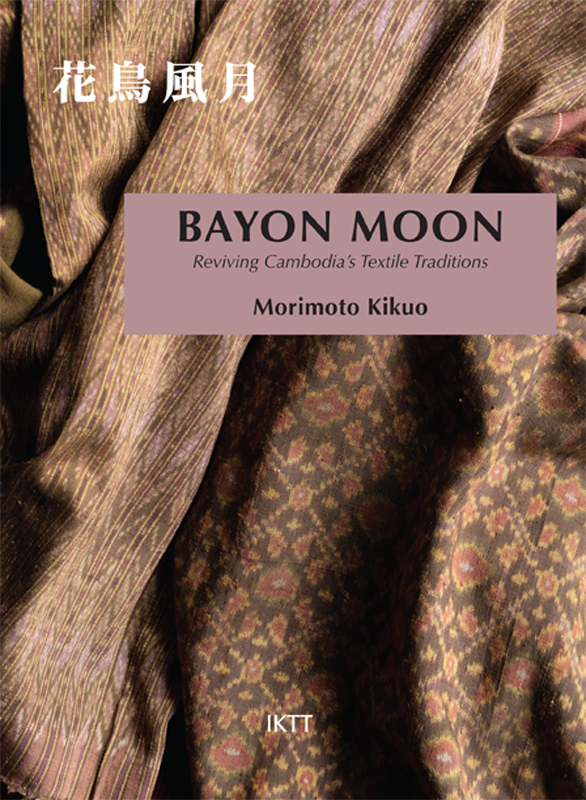
Mr Morimoto wrote a memoir detailing his endeavours, which was published in 2008 under the title Bayon Moon. Sadly he passed away in 2017, but his work continues through the IKTT organisation and proceeds from this second expanded e-book edition of his memoir will help continue the work he started and to which he dedicated so much of his life.
It is available through iTunes and your local Amazon website – for example here in the UK and here in the USA.
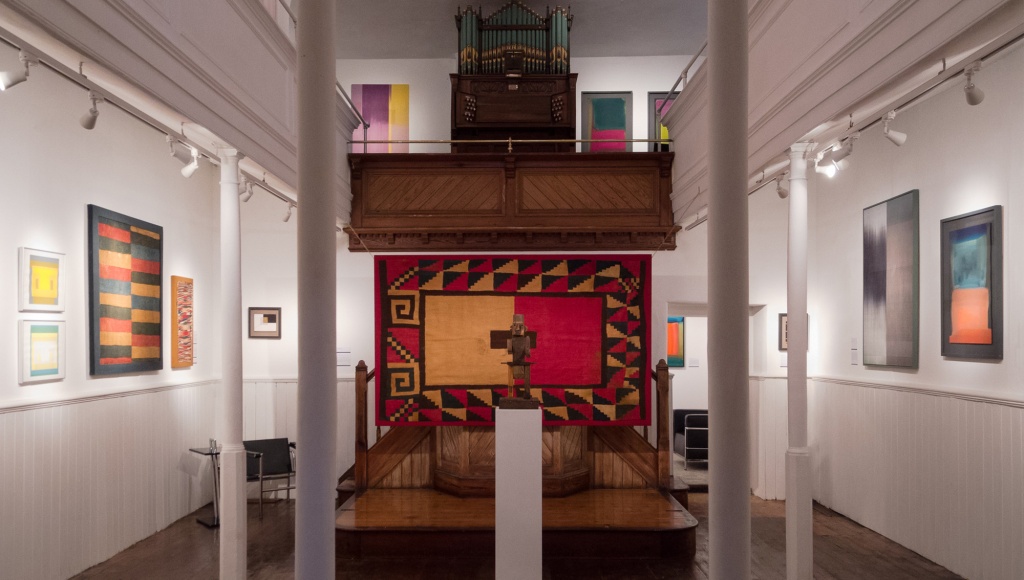
Paul Hughes Fine Arts in Somerset currently has a fascinating exhibition entitled Continuities (ending 24 October 2021). Here you can see pre-Columbian textiles on show next to contemporary works in various mediums – textiles, painting, sculpture.
“All Art was Once Contemporary – Continuities is intended to illustrate how works from different periods and cultures are visually interwoven despite their diverse chronological and geographical background, whether it is an affinity in aesthetics or intentionality imbued within the living artist’s creations.” – PHFA website
There are some fabulous textiles illustrated in the online catalogue, but they will have to wait until I win the lottery.

© James Speakman/Mercury Press
As part of the British Textile Biennial 2021 there is a major new installation by Turner-prize winning artist Lubaina Himid at Gawthorpe Hall in Lancashire. The placing of this in the Great Barn is just perfect.

“Cascading through the structure of Gawthorpe Hall’s Great Barn, 400 metres of Dutch Wax fabric reflect the movement of oceans and rivers that have been used to transport cotton across the planet and over centuries. Waterways historically carried raw cotton, spun yarn, and woven textiles from continent to continent, as well as enslaved people from Africa to pick raw cotton in the southern states of America or workers who migrated from South Asia to operate looms here in East Lancashire.” – British Textile Biennial website.

Saturday 16 October is the East of England World Textile Day in Norfolk. The venue is at Mundford near Thetford. Traders confirmed so far are Textile Traders, the African Fabric Shop, Susan Briscoe Designs and OATG member and author of several textile tomes John Gillow. The event starts at 10:00 – get there early to browse through a great range of ethnic textiles!

On Saturday 16 October Geneviève Duggan will give a Zoom lecture about the ikat textiles of Savu in Eastern Indonesia for the Textile Arts Council in San Francisco. Geneviève gave a presentation to OATG members in March of this year, which was a great success. Sadly not long after that Savu was hit by cyclone Seroja and is still recovering from its effects.
Geneviève has been studying the textiles and material culture of this island for decades, spending long periods living with the weavers in their villages. I’ve met her there several times and her love for the place and its people is clear.
This talk will take place at 10:00 PDT, which is 18:00 BST. Click here to register.
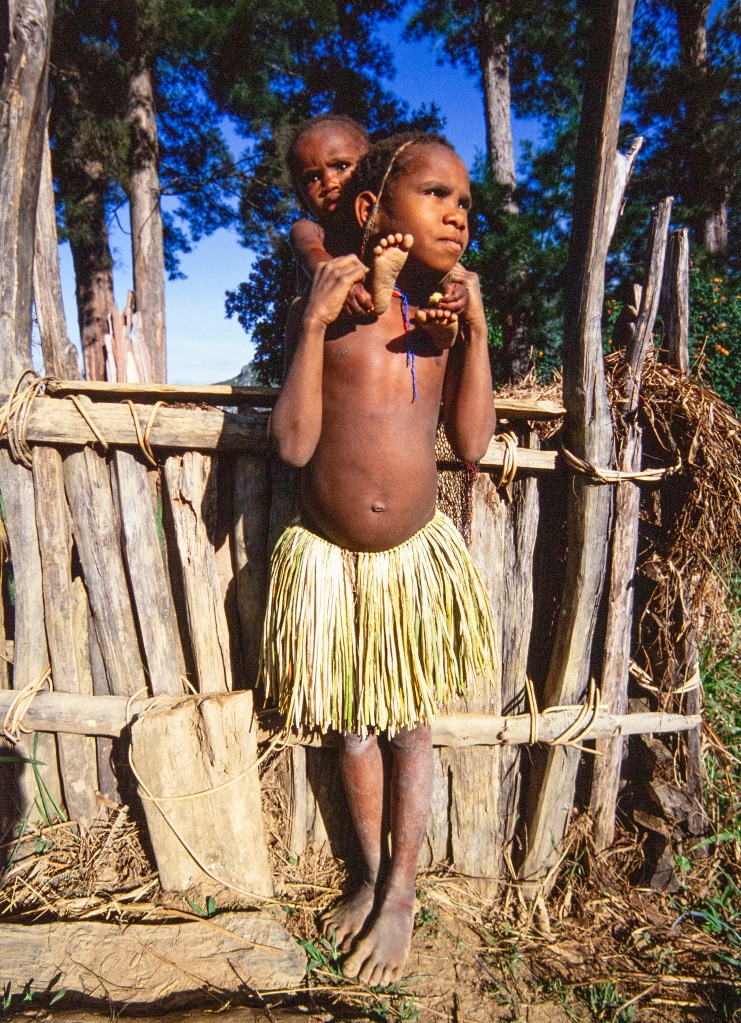
The OATG event for October will be an online talk by OATG members Chris Buckley and Sandra Sardjono of the Tracing Patterns Foundation. The subject will be Fiber Arts from Papua.
“The Dani people of the Baliem Valley in Papua possess no looms, but fiber forms an essential part of their lives, so much so that the explorer Karl Heider called theirs a ‘culture of string’. “ – Tracing Patterns Foundation.
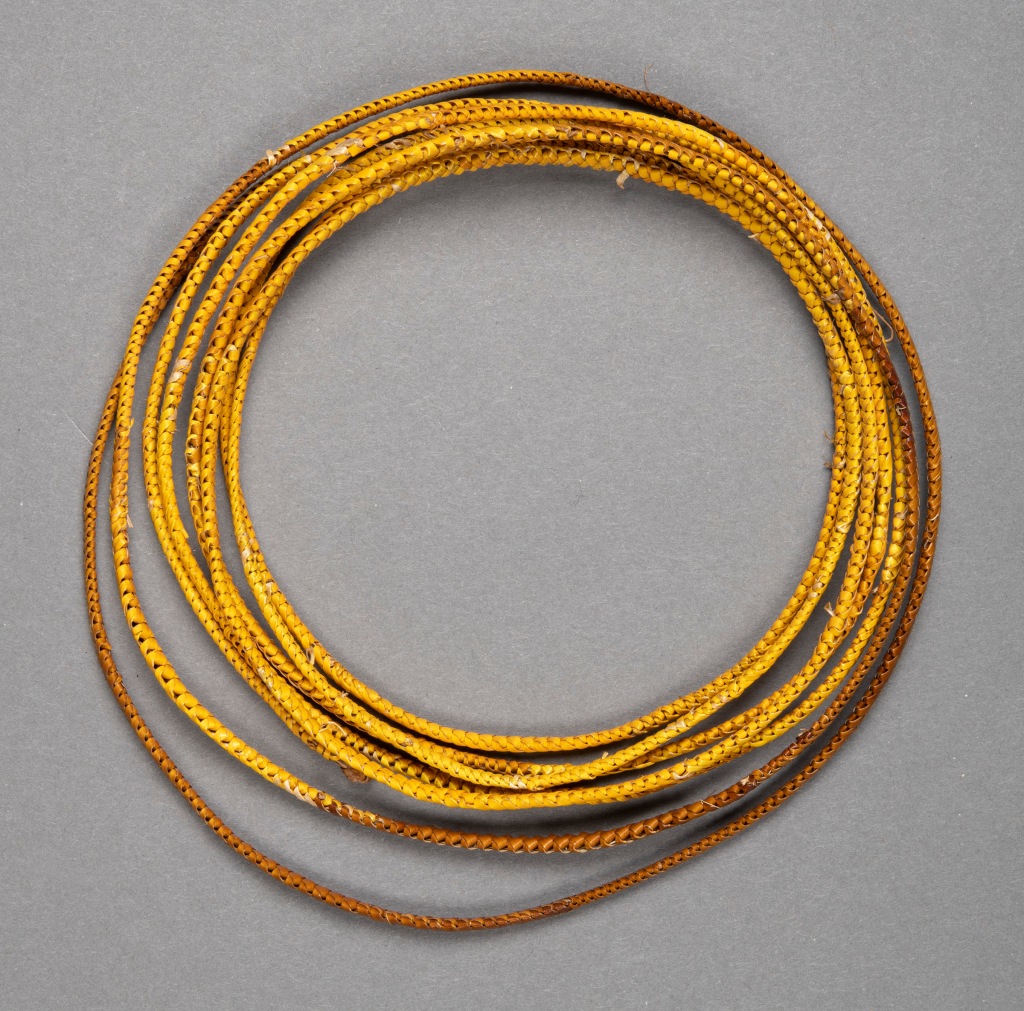
Tracing Patterns Foundation is currently cataloguing and conserving a huge number of Dani items, collected by the late Dr O W Hampton in the 1980s. Chris and Sandra will discuss how techniques such as plaiting and knotless netting were used to produce a wide variety of objects. “Large head-nets were important items of dress for women, as well as practical carrying containers. Some of the most interesting and unusual artifacts are stone tools and sacred objects, bound with fibres, feathers from birds of paradise, and other materials. “
This talk will take place at 18:30 BST on Thursday 21 October 2021. Members should have already received their invitations and hopefully registered. Registration is now also open for non-members for a small (£3) donation.This should be a fascinating talk so do join us!

On Friday 22 October Silk Road a newly renovated gallery is due to open at the Pacific Asia Museum in Pasadena. It will feature a new exhibition entitled Crossroads: Exploring the Silk Road.
“Presented as a journey through Dunhuang, an ancient oasis connecting peoples and cultures, along the southern Silk Road route, this gallery engages an intergenerational audience through play and discovery. The sights and sounds of the ancient city come to life through stories and music, dress up, tactile objects, an interactive discovery map, and highlights from the museum’s collection. “ – USC Pacific Asia Museum.
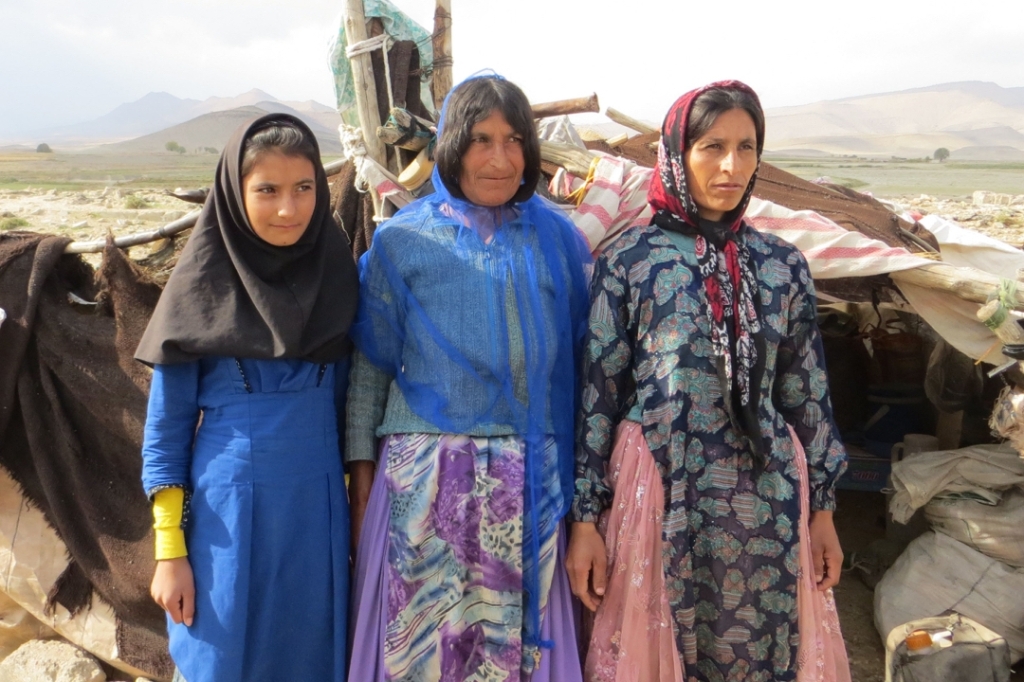
On Saturday 23 October the Textile Museum will host another of its regular series of Rug and Textile Appreciation mornings. The speaker will be Vedat Karadag and the subject is Traveling the Textile Lands of Greater Anatolia, Persia, Central Asia and Beyond. For the past four decades Vedat has been involved with textiles, both as a dealer and leading cultural and textile-oriented trips. In this virtual talk Vedat will share some of the highlights of his textile travels. More information can be found here. Click on this link to register for this event which begins at 11:00 EDT, which is 16:00 BST.

The most recent edition of our Asian Textiles journal contained an article by Georges Breguet and Gaspard de Marval on Alfred Steinmann and the Ship Motif. This provided an excellent overview of the work of Steinmann, as well as a review of the current exhibition on the subject at the Ethnographic Museum of the University of Zurich.
On Sunday 24 October the Washington-based International Hajji Baba Society will host a programme on Steinmann’s research into the use of the ship motif in Indonesia.
“For many centuries, the people of southern Sumatra saw themselves as living on a ship floating between the sea and the heavens. This idea was woven into fascinating textiles featuring elaborate depictions of ships carrying humans and animal-like beings. These ship cloths were used in ceremonial and ritual contexts.
Alfred Steinmann, one of the former directors of the Ethnographic Museum of the University of Zurich, was one of the first scientists to study these textiles in depth and to try to interpret them. In several writings that appeared from 1937 to the 1960s, he examined the ship’s motif from a cultural and historical perspective, from the Bronze Age to the present day. He interpreted the elaborately patterned ship cloths as depictions of the passage of dead souls into a land of ancestors. Although later researchers added other layers of interpretation to Steinmann’s, to this day his contribution remains essential for understanding these textiles. “ – IHBS website.
This programme will involve not only a PowerPoint presentation by Paola von Wyss-Giacosa and Andreas Isler, but also a virtual guided tour of the Zurich exhibition – a real treat! Please note that spaces for this virtual event are limited and are filling fast so register now. A catalogue to accompany the exhibition is also now available (German text).
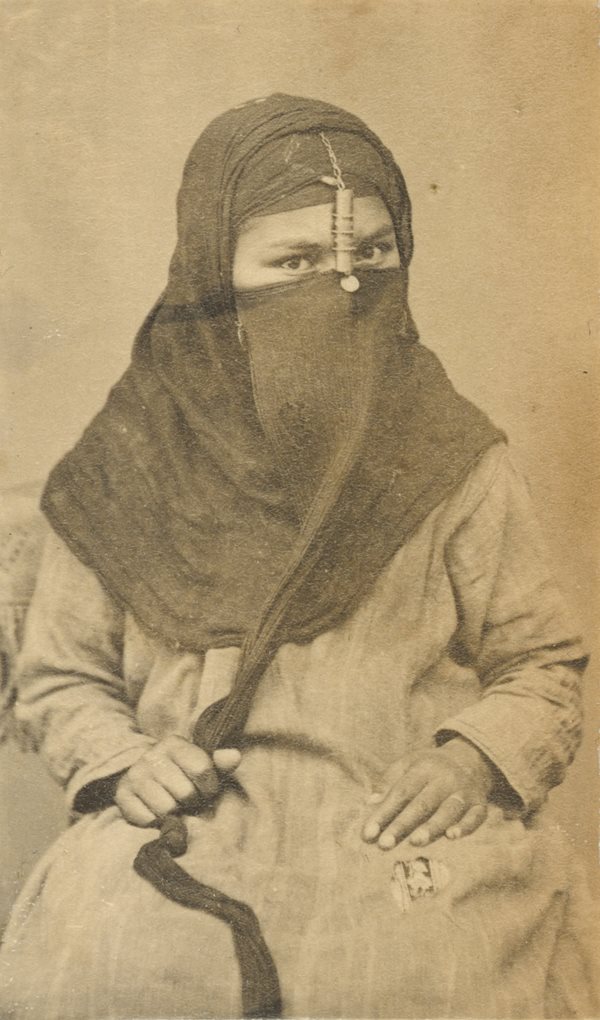
Finally, I recently enjoyed reading this article entitled Women Behind the Lens: The Middle East’s First Female Photographers by Tom Verde in AramcoWorld. It shows how women were involved in photography in the Middle East since the middle of the nineteenth century. Some worked behind the scenes, often in the family business, but others took a more prominent role, especially in the field of portraiture as women often felt more at ease sitting for another female.